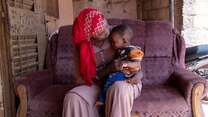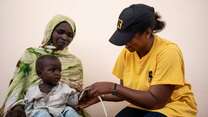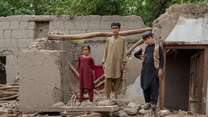Until recently, humanitarian organizations have not routinely used cost data to compare the efficiency or effectiveness of different interventions and program delivery models. As a result, policy makers and practitioners have had little data to inform decisions on the allocation of financial resources for humanitarian response. With better information about the cost-efficiency and cost-effectiveness of our interventions, the IRC is able to understand how and why costs vary across contexts, enabling more informed decision making to maximize the impact of each dollar spent to improve our clients’ lives.
The IRC conducts cost-efficiency and cost-effectiveness analyses of key interventions to inform program and advocacy decisions around the best use of resources. Cost-efficiency analyses are used to compare the costs of a program, or set of activities, to the number of clients provided with services (e.g. children treated for acute malnutrition, students reached with a new pedagogy). Cost-effectiveness analyses (CEAs) are conducted concurrently with our research team’s impact evaluations. CEAs compare the costs of a set of activities to the change in outcomes for clients (e.g., reduction in mortality, improvements in child literacy).
Cost-efficiency and cost-effectiveness analyses enable practitioners to make comparisons across programs to understand how different approaches and contexts affect program cost and impact. With enough cost evidence from different countries, we can understand how context affects the costs of delivering services, enable better planning, and improve budgeting for humanitarian responses. Because the goal of such analyses is comparative, it is necessary to use a consistent methodology for cost analysis of humanitarian interventions.
There are many resources on the appropriate methodology for estimating the costs and cost-effectiveness of social programsi,ii , including several articles on social programs in low-income countriesiii,iv. Existing literature outlines the decisions that organizations must address when conducting cost analyses. It is important to note that the same set of decisions must be applied uniformly to analyses to enable a comparative analysis. Different interventions produce different outputs, goods or services provided by humanitarian programs, requiring potentially different metrics. For instance, calculating the cost per dollar transferred to beneficiaries of cash transfer programs versus the cost per person-year of latrine access for sanitation programs. Despite this, the humanitarian sector must be able to compare costs across intervention types and contexts. To do this, the IRC bases its costing methodology on the Levin Cost Ingredients Method.
This guidance note outlines the methodology that the IRC uses to conduct cost analyses, with a particular focus on malnutrition treatment projects.



